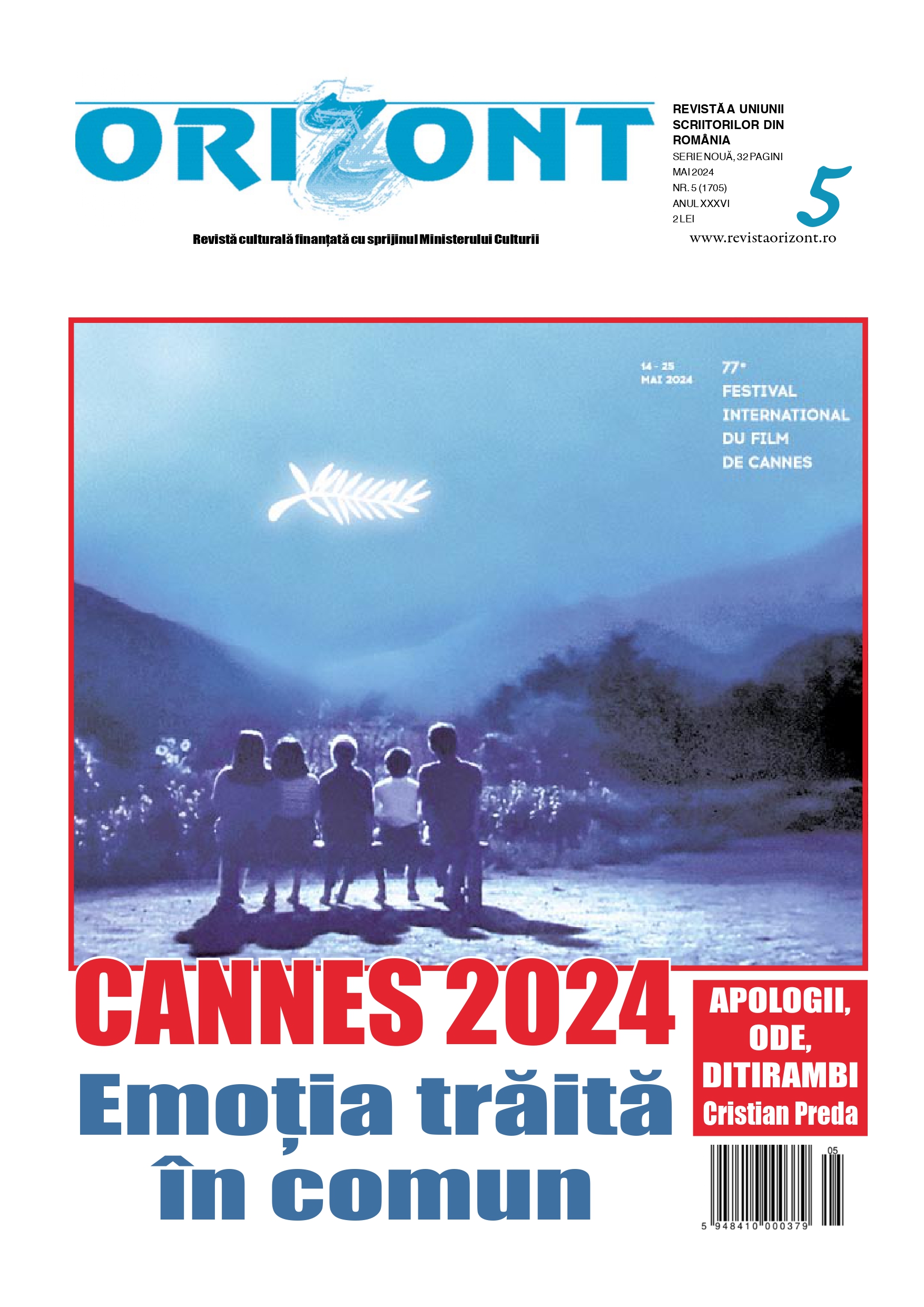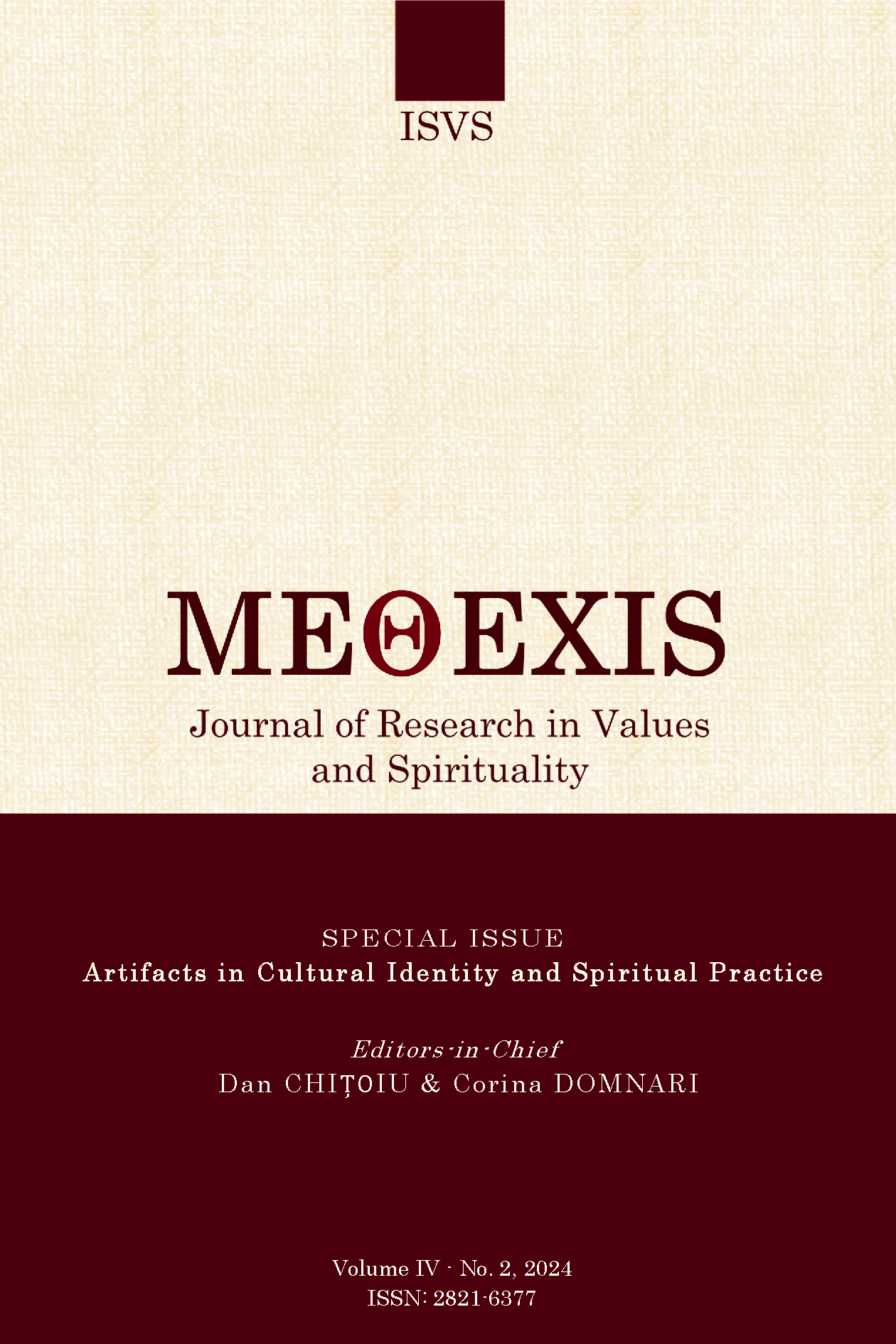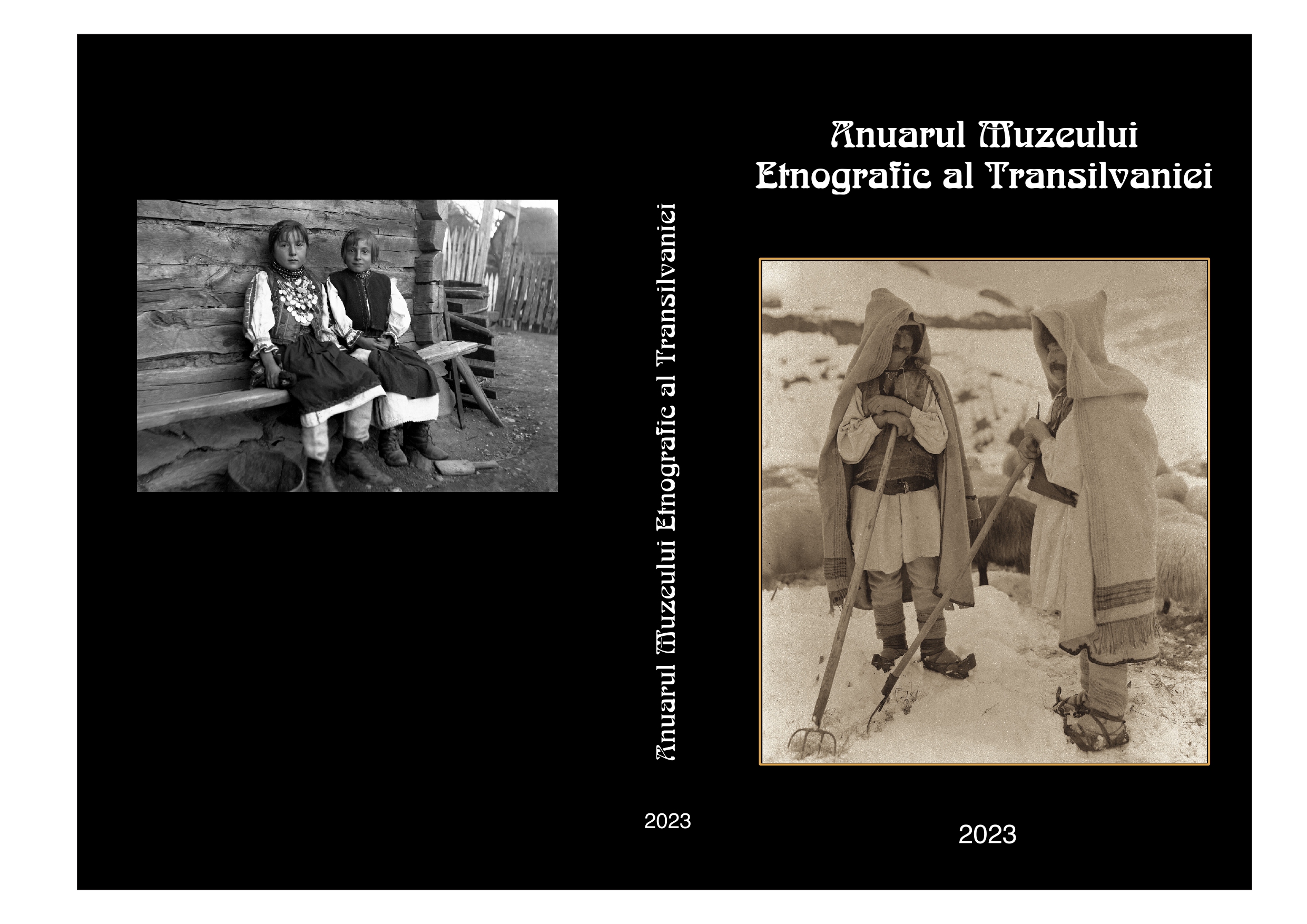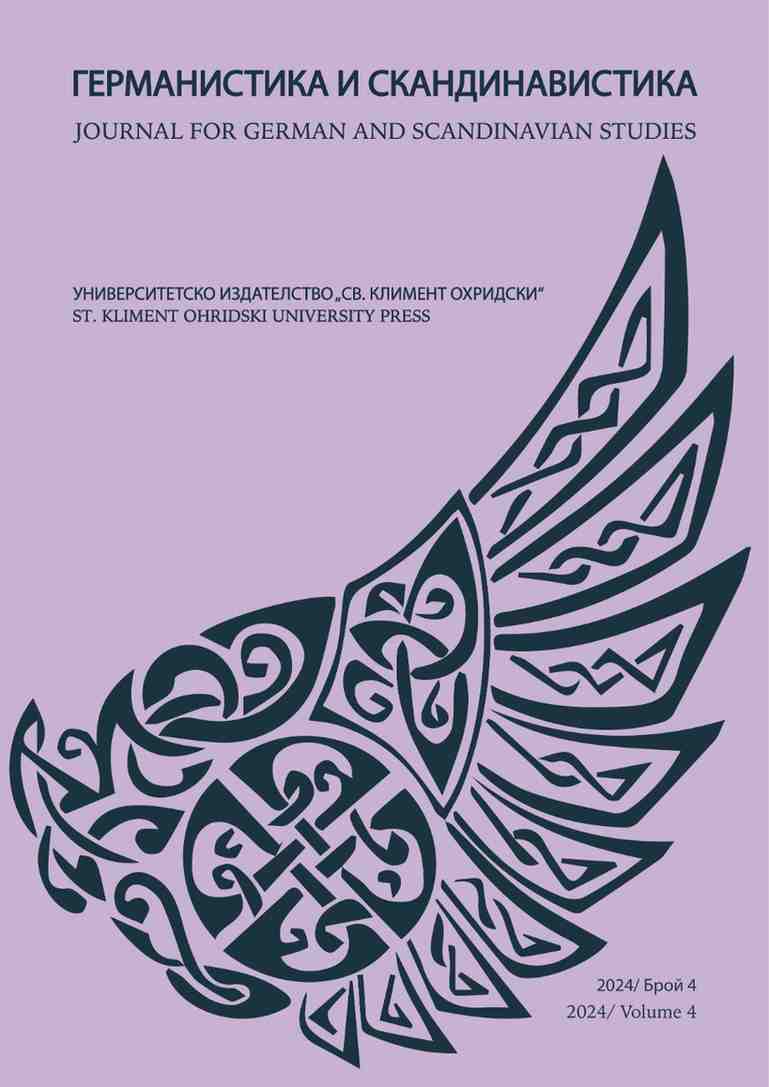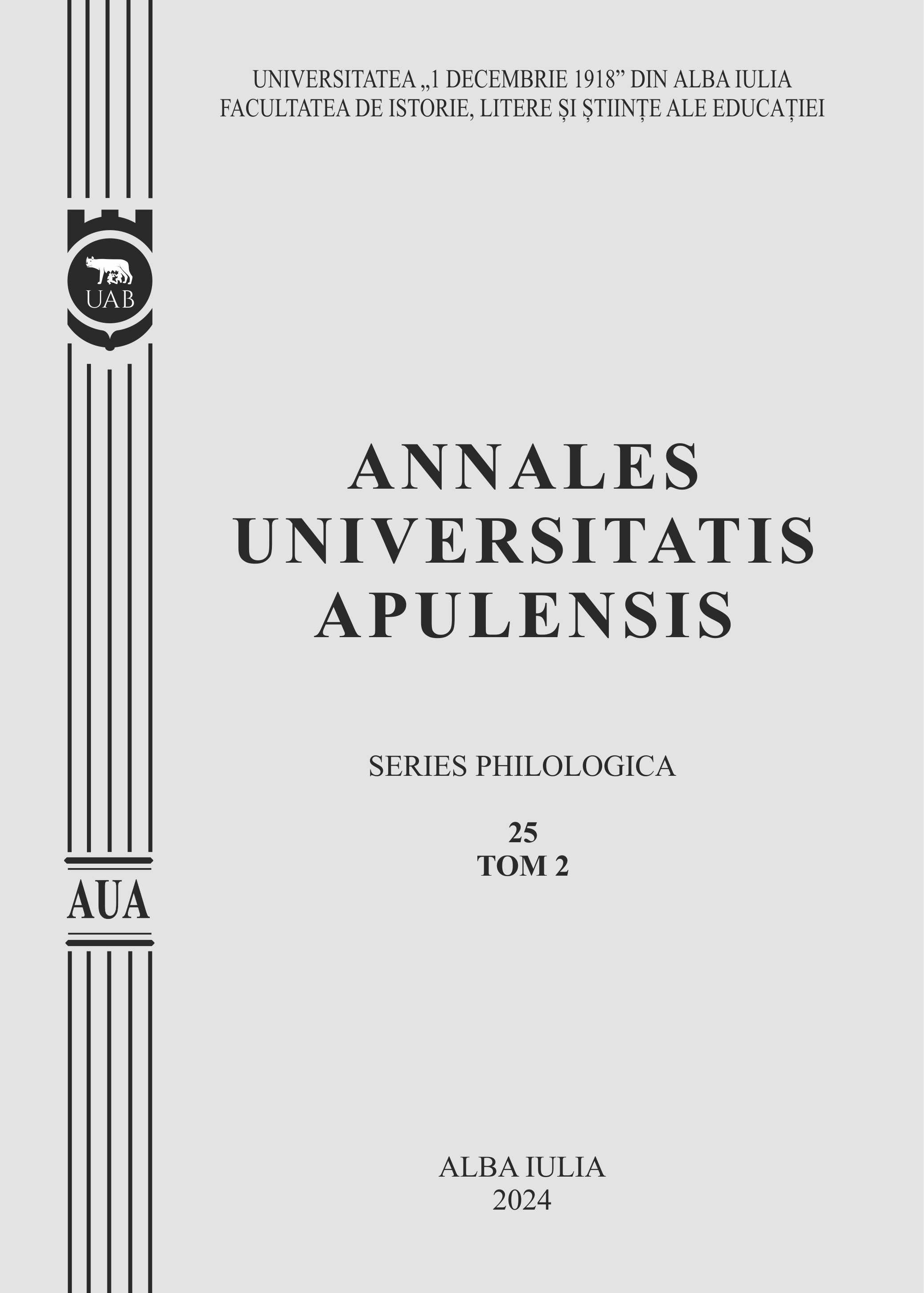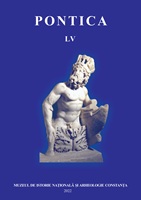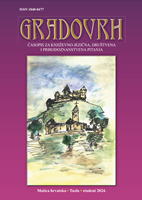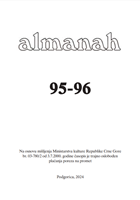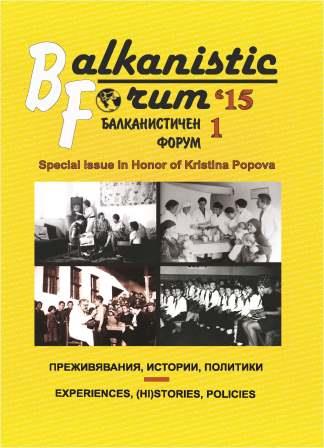
Българските зъболекарки като женски образовани елити: проблеми на селектирането и функционирането
The article aims to create a socio-demographic portrait of the professional group of women dentists in Bulgaria in the first half of the 20th century; to characterize their impact in their guild’s development; to analyze this group through the theory of elites and in particular as educated elites, i.e. as a leader in the process of social modernization. The formation of this professional group starts late - in the 1890s and in the 1910s. Among the women dentists dominate foreign graduates who graduated in Germany, France and Russia, mostly of Bulgarian origin, born in cities and originating from middle class. Up to 1944 the professional career of women dentists in Bulgaria was not complicated. They established their own private practice and worked until old age; they had been respected of their male colleagues and attracted a lot of patients, various in gender and age. There were no cases of open discrimination in payment or other forms of subordination. Bulgarian women dentists were elected to higher positions in their professional associations. Their leadership role was also important in many public associations.
More...
